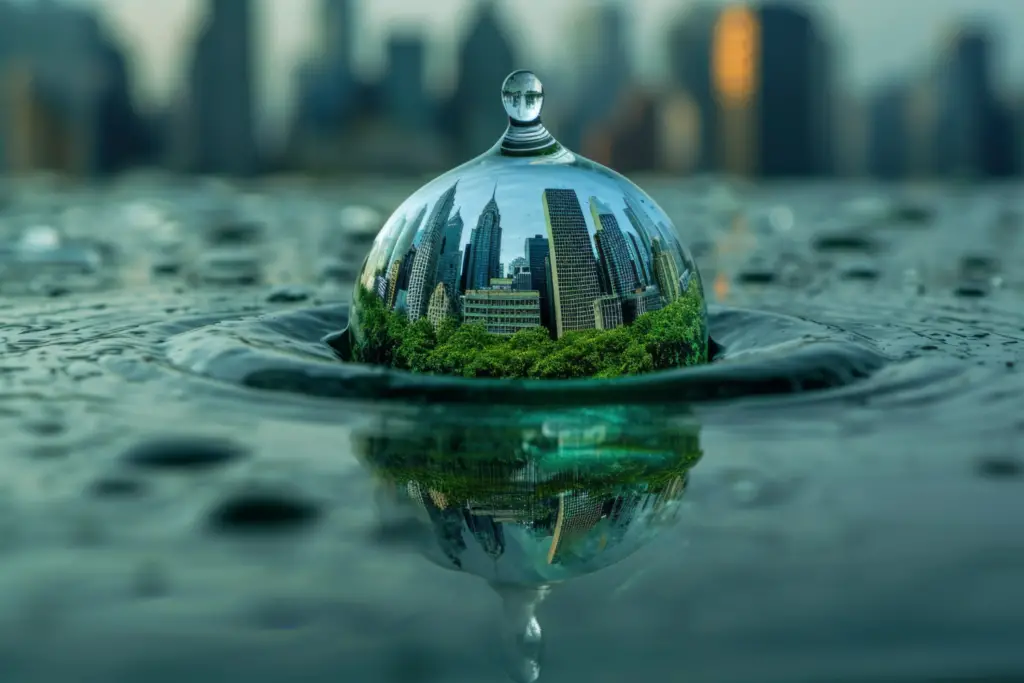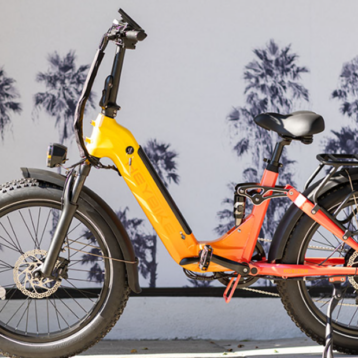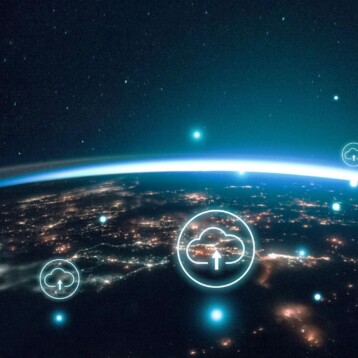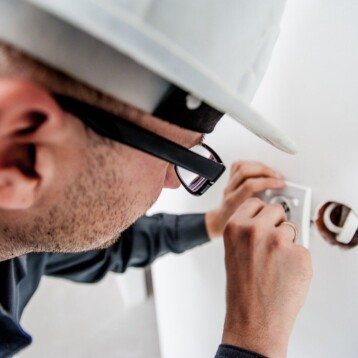Water, the elixir of life, is a precious resource that sustains all living beings. As concerns about water scarcity and environmental conservation grow, the need for innovative solutions to conserve this vital resource becomes increasingly urgent. This blog, Victoria Gerrard La Crosse WI, will explore the fascinating world of water conservation technology, exploring the latest innovations revolutionizing how we use and manage water.

The Importance of Water Conservation
Before we explore water conservation technology, let’s first understand why it is so crucial. Water is essential for life, agriculture, industry, and energy production. However, with a rapidly growing global population and the increasing impacts of climate change, clean and fresh water availability is facing unprecedented challenges.
By conserving water, we can ensure sustainable access to this finite resource for future generations. Water conservation not only helps preserve ecosystems and biodiversity but also plays a vital role in mitigating the effects of droughts and water shortages. It is a collective responsibility that requires both individual and collective action.
Innovations in Water Conservation Technology
Smart Irrigation System
One of the most significant areas of innovation in water conservation technology is smart irrigation systems. Traditional irrigation methods can be inefficient and wasteful, leading to water loss through evaporation, runoff, and overwatering. Smart irrigation systems use sensors, weather data, and advanced algorithms to optimize watering schedules based on real-time conditions.
These systems can detect soil moisture levels, weather patterns, and plant water requirements to deliver the right amount of water at the right time. Smart irrigation systems are revolutionizing agricultural practices and landscaping maintenance by minimizing water waste and maximizing plant health.
Greywater Recycling Systems
Greywater recycling systems are another innovative technology transforming water conservation efforts. Greywater refers to wastewater generated from domestic activities such as bathing, laundry, and dishwashing. Instead of treating and filtering this waste, greywater recycling systems treat and filter it for reuse in non-potable applications like toilet flushing, irrigation, and laundry.
By recycling greywater, households and businesses can significantly reduce their reliance on freshwater sources for non-drinking purposes, thus conserving water and lowering utility bills. These systems not only promote water sustainability but also contribute to reducing the strain on sewage systems and water treatment facilities.
Leak Detection Technologies
Water leaks are a common problem in residential, commercial, and industrial settings, leading to significant water wastage and increased utility costs. Leak detection technologies employ advanced sensors and data analytics to quickly identify and locate leaks in water supply systems.
By detecting leaks early on, these technologies enable prompt repairs, preventing water loss and damage to infrastructure. These innovative technologies, from acoustic leak detection devices to smart meters that monitor water usage in real-time, are instrumental in improving water efficiency and reducing water waste.
Water-Efficient Fixtures and Appliances
Another key area of innovation in water conservation technology is the development of water-efficient fixtures and appliances. From low-flow toilets and showerheads to energy-efficient washing machines and dishwashers, these products are designed to minimize water consumption without compromising performance.
Upgrading to water-efficient fixtures and appliances can help households and businesses achieve significant water savings over time. These innovations help reduce water bills and contribute to environmental sustainability by lowering water demand.
Rainwater Harvesting Systems
Rainwater harvesting systems are a sustainable way to collect and store rainwater for various uses. These systems typically capture rain from roofs or other surfaces and direct it to a storage tank for later use. By harnessing this natural resource, rainwater harvesting systems can help reduce reliance on traditional water sources, especially in areas prone to water scarcity.
Rainwater collected can serve many purposes, from watering gardens and flushing toilets to being treated for potable uses. Implementing rainwater harvesting systems promotes water conservation and offers a cost-effective and environmentally friendly solution for water needs.
Why let all that rainwater go to waste? You can use this free water for gardening, flushing toilets, or washing your car. Victoria Gerrard La Crosse notes that these systems conserve water and reduce stormwater runoff, which helps prevent flooding and erosion in your community.
Waterless products
Waterless products offer a convenient and eco-friendly solution for various needs, from personal care to cleaning. These innovative products help conserve this precious resource while reducing packaging waste by eliminating the need for water in their formulas.
Whether dry shampoo for quick hair refreshment on the go, waterless car wash for a spotless vehicle without rinsing, or cleaning wipes that tackle messes without a drop of water, these products provide efficiency and effectiveness without compromising results. Embracing waterless alternatives can simplify daily routines and contribute to a more sustainable future.
The Future of Water Conservation Technology
As we look towards the future, the potential for innovation in water conservation technology is vast. Advancements in artificial intelligence, remote sensing, and data analytics are paving the way for more sophisticated water management solutions. The possibilities are endless, from predictive modeling of water usage patterns to real-time water quality monitoring.
Collaboration between researchers, engineers, policymakers, and businesses will be crucial in driving forward the adoption of these technologies on a larger scale. Investing in research and development, promoting water-conscious practices, and fostering a culture of innovation can create a more water-secure future for all.
Final Thoughts
Victoria Gerrard, La Crosse WI, believes that exploring innovations in water conservation technology offers a glimpse into a future where sustainability and efficiency go hand in hand. By harnessing the power of technology and human ingenuity, we can address the pressing challenges of water scarcity and environmental degradation. As individuals, communities, and societies, we all have a role in promoting water conservation and adopting sustainable practices.










